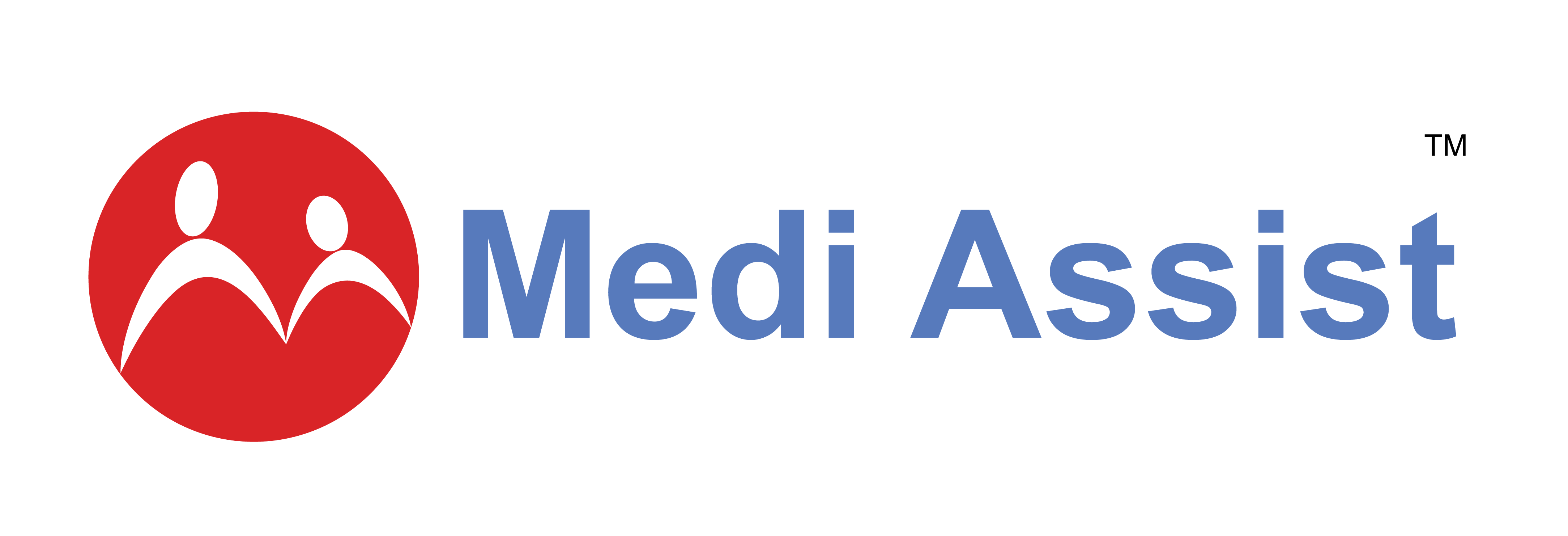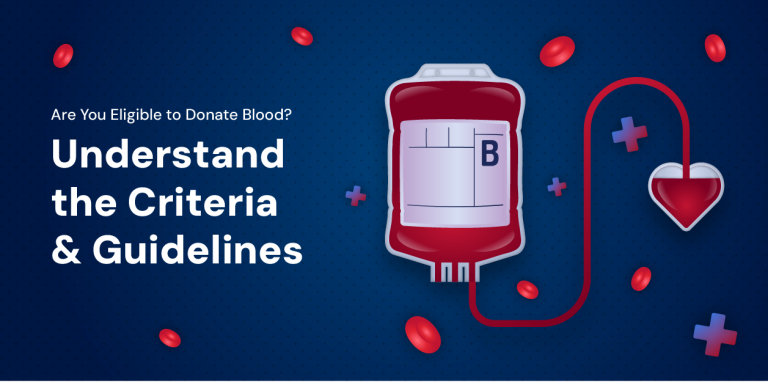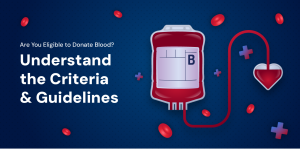Breast cancer is said to be the second most prevalent cancer that occurs when abnormal cells divide and multiply in the breast tissues. Several factors, such as age, family history, and exposure to certain chemicals, can lead to the development of breast cancer. Healthcare experts highlight the significance of routine screening tests, especially for those with a family history of cancer, as early detection improves treatment outcomes and promotes long-term survival rates.
Why early detection is important?
Generally, breast cancer at an early stage is less challenging. When detected early, a wider range of treatment options, including less invasive surgical procedures and targeted therapies, improve patient outcomes. In addition, the World Health Organization has established two connected approaches to support early cancer detection: screening, the identification of asymptomatic disease in a target population of people who appear to be in good health and early diagnosis, the early
detection of symptomatic cancer. According to studies, regular breast cancer screening has shown to reduce mortality rates by enabling early identification of tumours and provide treatments, preventing further complications.
What is breast cancer screening?
Breast cancer screening involves examining the signs of the condition before the symptoms gets evident. The screening tests can detect less aggressive or slow-growing cancers, which can be treated by surgery or targeted treatment options, ensuring a better recovery rate.
Screening is a regular initiative program performed for individuals without any symptoms. Women with a very strong family history of breast cancer or genetic mutations of the BRCA1 or BRCA2 genes may be advised for screening at an earlier age to further assess their risk.
Methods for breast cancer screening
Based on the age and exposure to risk factors, various screening methods are used to detect breast cancer at an early stage.
Mammography is the most common and effective method for early breast cancer detection, which involves using low-dose X-rays to generate images of the breast, allowing radiologists to recognise any abnormal cancerous growth.
If a breast cancer screening test, such as a mammogram, shows an abnormal result, more tests may be needed to determine whether cancer is present. These follow-up tests are called diagnostic tests, which differ from screening tests as they are intended to confirm or rule out the presence of cancer.
Additionally, a clinical breast examination performed by a doctor helps to detect for lumps or abnormalities in the breast. Breast self-examination, though not reliable, helps raise awareness about breast health and encourages early reporting of fears.
Conclusion:
Understanding the risk factors of the condition enables early detection, facilitates effective treatments and helps to prevent future occurrence for breast cancer. A mammogram is used to identify abnormal growth that may indicate cancer and is said to be an effective screening procedure to detect at an early stage. The clinical and self-breast examination does not provide a definitive diagnosis but provides awareness of breast health and encourages individuals to seek medical
opinion for any concerns.
-Content partner Happiest Health







